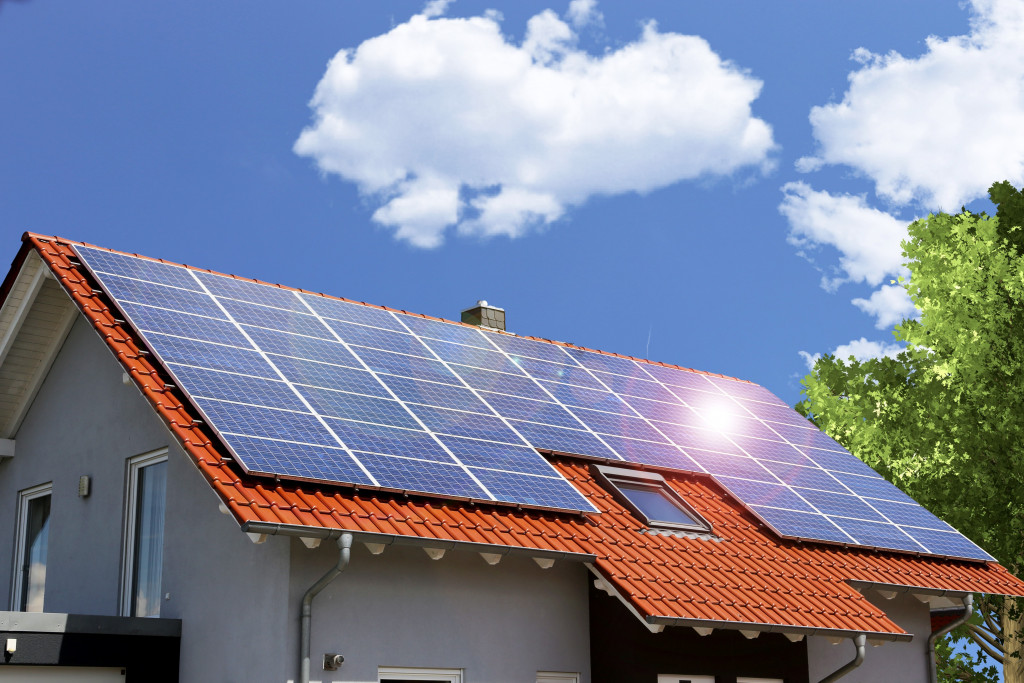Climate change is becoming obvious, and many are starting to see the effects in their daily lives. Various changes in the environment include more extreme weather conditions, melting glaciers, and shifting ocean currents. Many experts now argue that people can no longer reverse the damage of climate change, but they can lessen its damage.
As global warming becomes an increasingly pressing issue, governments worldwide are taking steps to mitigate its effects. Here are seven of the most innovative and effective initiatives to combat climate change.
A Transition Towards E-vehicles
As the transportation sector is a significant contributor to greenhouse gas emissions, transitioning to electric vehicles is essential in mitigating climate change. Electric vehicles produce zero emissions and can help reduce pollution and slow down the effects of global warming.
The current administration has approved a policy that requires automobile manufacturers to get 50% of their sales from e-vehicles. This will result in a gradual transition to e-vehicles and will ultimately help to reduce emissions from the transportation sector.
Moreover, the United States government is incentivizing the switch to electric vehicles through various means. For example, the government offers tax breaks to those who purchase electric vehicles. In addition, the government is investing in charging infrastructure, which will make it easier for people to own and operate electric vehicles.
Building an Infrastructure for E-vehicles
The United States government is investing in the infrastructure needed to support electric vehicles. This includes investing in charging stations, which will make it easier for people to own and operate electric vehicles.
Charging stations will now be more available, especially in states of California, New York, and Oregon, as the government has invested $2 billion in these states. This is a vital investment as it will help increase the number of electric vehicles on the road and ultimately help to reduce emissions.
Phasing Out Fossil Fuels
Fossil fuels are a major contributor to greenhouse gas emissions, and so phasing them out is an important step in mitigating climate change. The current administration has set a goal of phasing out fossil fuels by 2030.
This will be a difficult task, but it is an important one if the United States wants to reduce its emissions. The government is incentivizing the switch to renewable energy sources through a variety of means. For example, the government is offering tax breaks to those who invest in renewable energy. In addition, the government is investing in research and development of new renewable energy sources.
Making Renewable Energy More Affordable

The current administration is making renewable energy more affordable through a variety of means. For example, the government is offering tax breaks to those who invest in renewable energy. In addition, the government is investing in research and development of new renewable energy sources.
Solar energy and various solar accessories are becoming more affordable as the cost of solar panels has fallen by 99% since 2010. The government is also working to make wind energy more affordable. The current administration has set a goal of generating 20% of the nation’s electricity from wind energy by 2030.
To meet this goal, the government invests in research and development of new wind energy technologies. In addition, the government is working to make it easier for people to build wind turbines on their property.
Tackling Fast Fashion
The fashion industry is a significant contributor to greenhouse gas emissions, so tackling fast fashion is a crucial step in mitigating climate change.
The current administration has set a goal of reducing the fashion industry’s environmental impact. It’s a challenging undertaking because so many Americans rely on fast fashion, but it’s essential stopping climate change.
The government is incentivizing the switch to sustainable fashion through a variety of means. For example, the government is offering tax breaks to those who invest in sustainable fashion brands. In addition, the government is investing in research and the development of new sustainable fabrics.
Implementing Carbon Pricing
Carbon pricing is a way to make businesses and individuals pay for their emissions. The current administration has proposed implementing a carbon price of $15 per ton.
The revenue generated from the carbon price would be used to invest in clean energy and climate change mitigation. The carbon price would also act as an incentive for businesses and individuals to reduce their emissions.
Investing in Carbon Capture and Storage
Carbon capture and storage is a way to capture carbon dioxide emissions and store them underground. The current administration has proposed investing $10 billion in carbon capture and storage.
This would be a vital investment as it would help reduce emissions while also creating jobs in the clean energy sector.
The Bottom Line
The current administration is taking various steps to mitigate the effects of climate change. These steps include transitioning to electric vehicles, phasing out fossil fuels, and making renewable energy more affordable. These initiatives will help reduce emissions and slow the effects of climate change.

